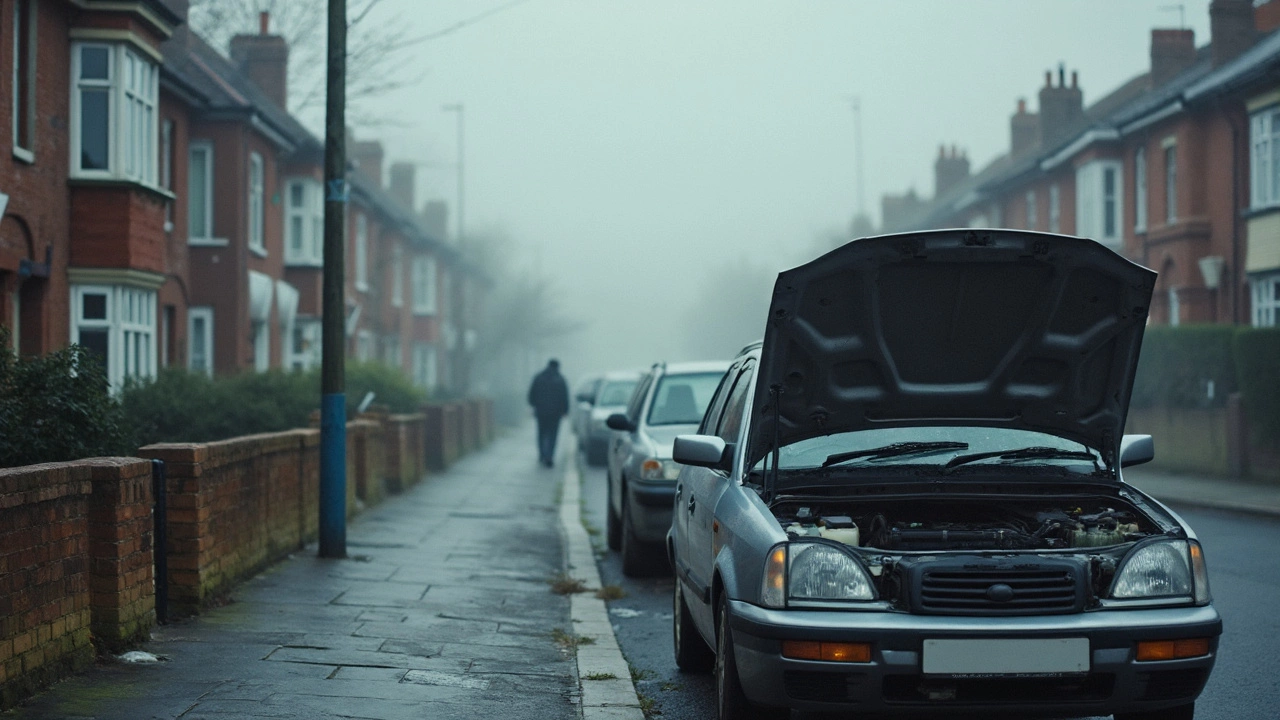Dead Battery – What It Means and How to Fix It
When dealing with a dead battery, a car battery that no longer supplies enough voltage to start the engine. Also known as a flat battery, it usually signals a problem somewhere in the vehicle’s charging system. Understanding the link between a dead battery, the battery, the primary source of electrical power for starting and running a car, and the alternator, the component that recharges the battery while the engine runs helps you troubleshoot faster.
Common Causes and Quick Solutions
A dead battery often pops up after a long weekend, a cold night, or after leaving lights on. The most frequent culprit is a weak or aging battery that can’t hold a charge. Another major factor is a failing alternator that stops topping up the battery while you drive. When the alternator’s output drops, the battery discharges faster than it can recharge, leading to a dead battery scenario. The starter motor, which relies on a healthy battery to crank the engine, will also sputter or refuse to turn over if the battery voltage is too low.
Here’s a practical checklist: first, give the battery a jump start using a set of jumper cables or a portable boost pack. If the engine turns over and runs, let it idle for at least 15 minutes to let the alternator recharge the cells. Next, test the charging system with a multimeter – you should see around 13.8‑14.5 V at the battery terminals with the engine running. If the voltage is lower, the alternator may need cleaning, belt adjustment, or replacement. Finally, inspect the battery terminals for corrosion; a clean connection can often restore power that seemed lost.
Beyond the immediate fix, protecting yourself from future dead‑battery moments means keeping an eye on a few key metrics. Battery age is a big one – most lead‑acid batteries last 3‑5 years under normal UK conditions. Keep the battery charged during long periods of inactivity by disconnecting it or using a trickle charger. Also, make sure the electrical load while the engine is off is minimal – avoid using the radio, headlights, or interior lights when the car is parked.
All these steps tie back to the core idea that a dead battery is not an isolated issue; it reflects the health of the entire charging system, which includes the battery, alternator, starter motor, and even the wiring harness. By checking each piece, you not only revive a stalled car but also prevent a repeat visit to the garage.
Below you’ll find a curated set of articles that walk through each of these topics in detail – from jump‑starting tricks to alternator diagnostics and battery maintenance tips. Dive in to get the hands‑on guidance you need to keep your vehicle powered up and ready for the road.

Do Car Batteries Go Bad If Not Used? The Surprising Truth
May 5 2025 / BatteriesCar batteries don’t just sit around forever waiting to power your car. If a car sits unused for too long, the battery can weaken or die sooner than most people expect. This article explains why batteries lose charge over time, what really happens when your car just sits, and gives practical tips so you don’t end up stranded with a dead battery. Learn how to protect your battery if you won’t be driving for a while and spot the signs that your battery is struggling.
VIEW MORE